September 7, 2023 at 6:18 pm
Late summer pours a tide of purple flowers across the sandplain grassland of Kennebunk Plains Wildlife Management Area. It’s the world’s largest population of the rare northern blazing star. This sea of flourishing blossoms is a symbol of resiliency and rejuvenation, a captivating display of new life breathed into the landscape by fire. Without fire, this unique ecosystem would cease to exist.
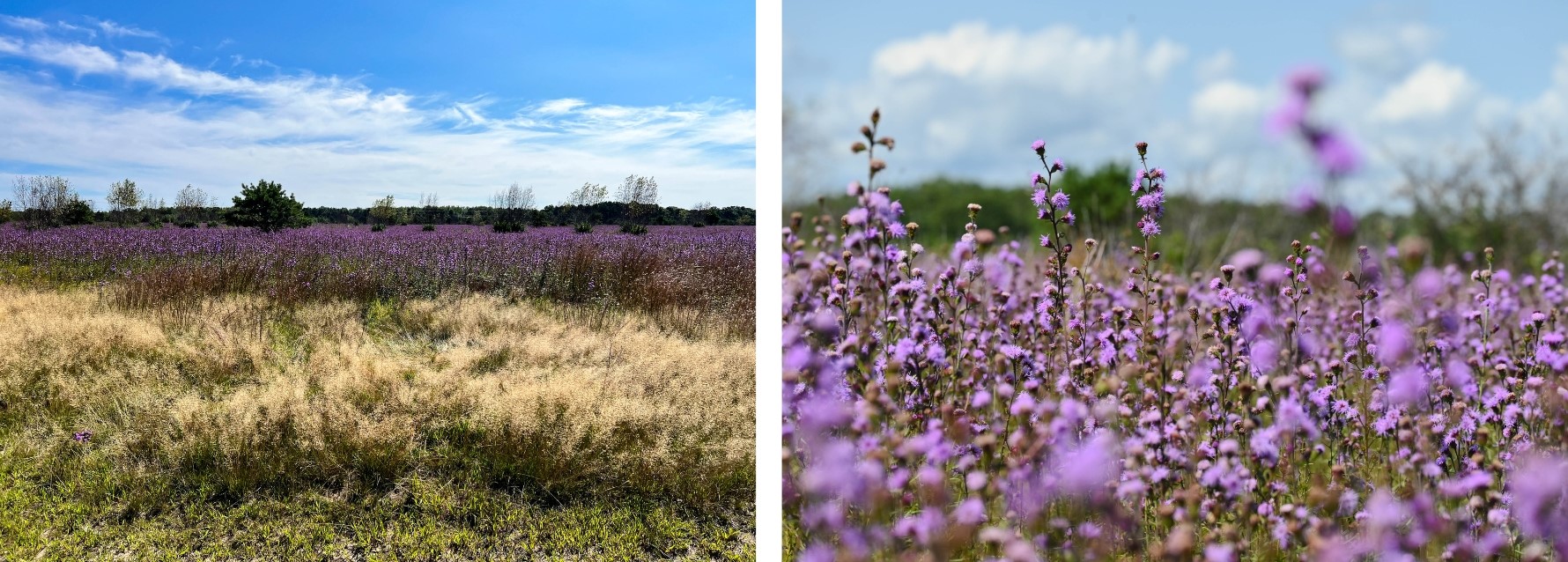
Sandplain grasslands are rare early successional ecosystems which require recurrent, low-intensity disturbance, such as fire, to subsist. Without it they would rapidly transition into oak-pine forests, and no longer support specialized grassland wildlife. At Kennebunk Plains Wildlife Management Area, we manage a mosaic of habitats including sandplain grasslands, pitch pine-heath barrens, pitch pine-scrub oak barrens, and red maple alluvial swamp forest. Grasshopper sparrows, upland sandpipers, Edward’s hairstreak butterflies, and northern black racer snakes are just a few examples of Endangered and Threatened species in Maine that depend on large unfragmented tracts of these carefully managed habitats.
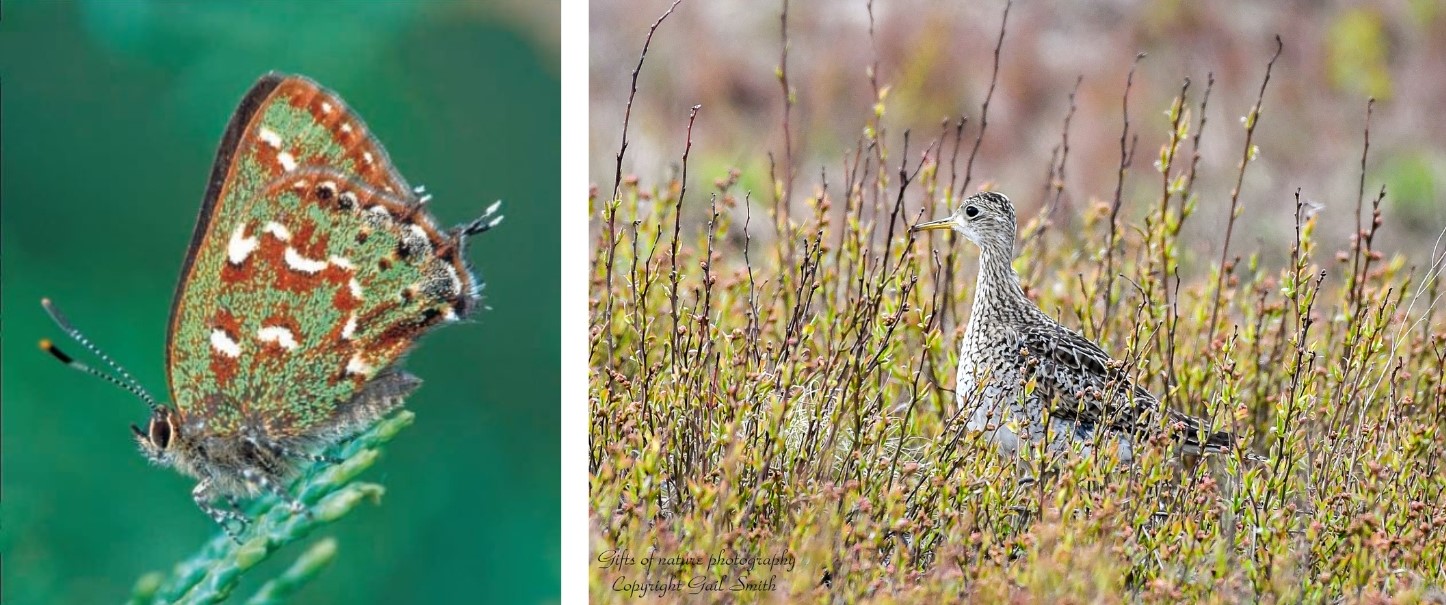
Fire knocks down invasive plants, controls growth of woody plants, creates space for seed germination, and returns nutrients to sandy soil to promote regrowth and restore ecosystem function. Northern blazing star is just one example of a plant that is well-adapted to dry, sandy soils, is tolerant of fire, and thrives in the conditions created by periodic burns.
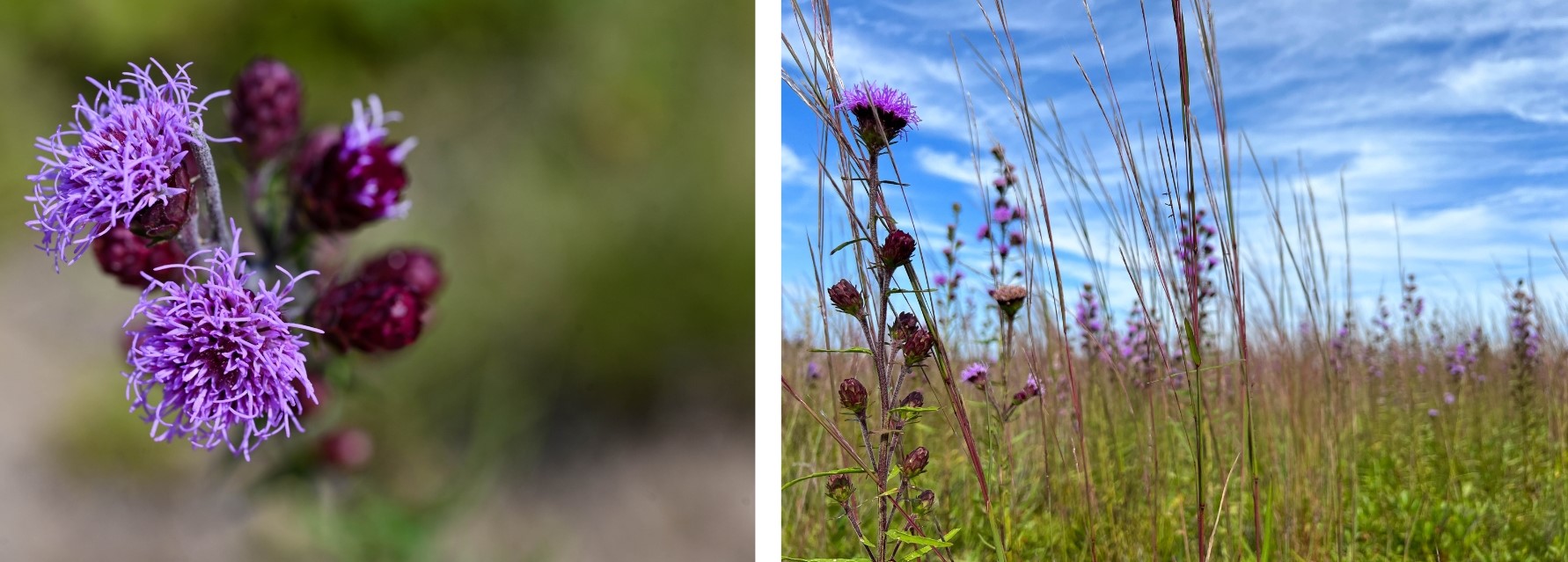
In the absence of natural fires, meticulously planned prescribed burns are used to maintain grassland habitat. Prescribed burns also keep surrounding communities safe by eliminating overgrowth of fuels to reduce risk of uncontrollable wildfires. Kennebunk Plains Wildlife Management Area holds a 775-acre sandplain grassland, the largest in the state. It’s managed jointly with the Nature Conservancy, a leader in the use of fire as a management tool. To learn more about how prescribed burns are planned and executed, take a look at our blog post from last year’s burn.
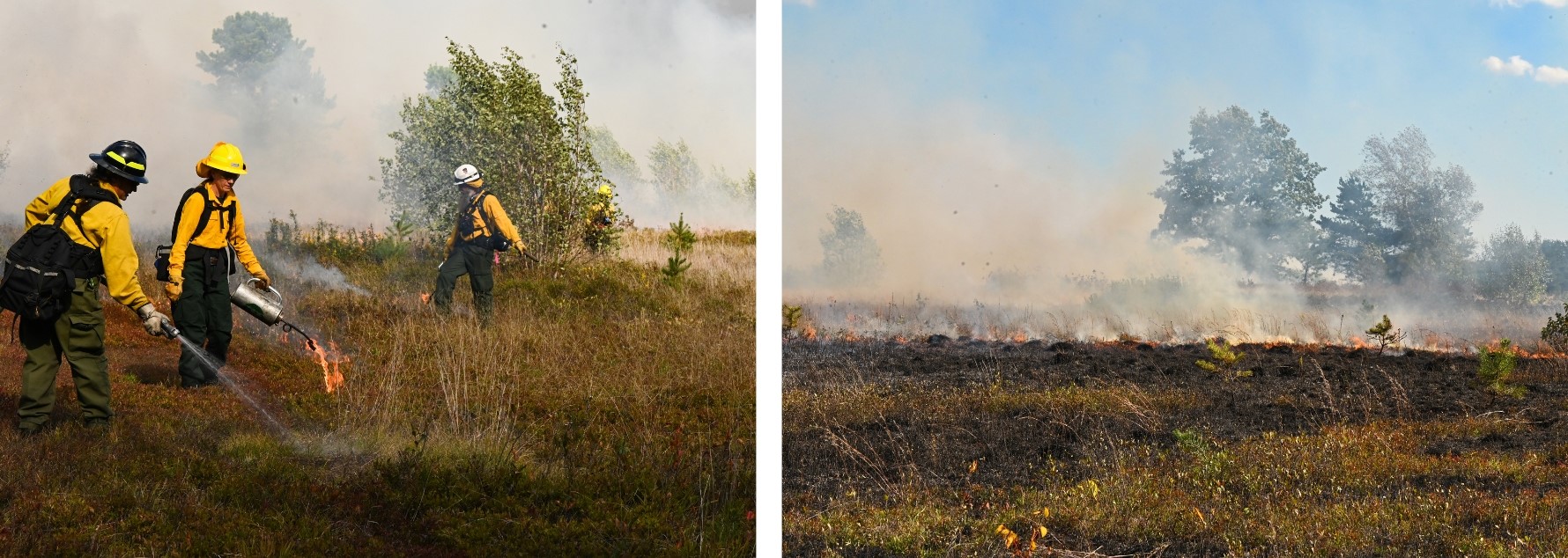
The Wildlife Management Area (WMA) is divided into multiple burn units, defined areas where prescribed burns are implemented on a rotating basis. Areas burned more recently have a significantly different composition of vegetation than areas that were burned in years prior.
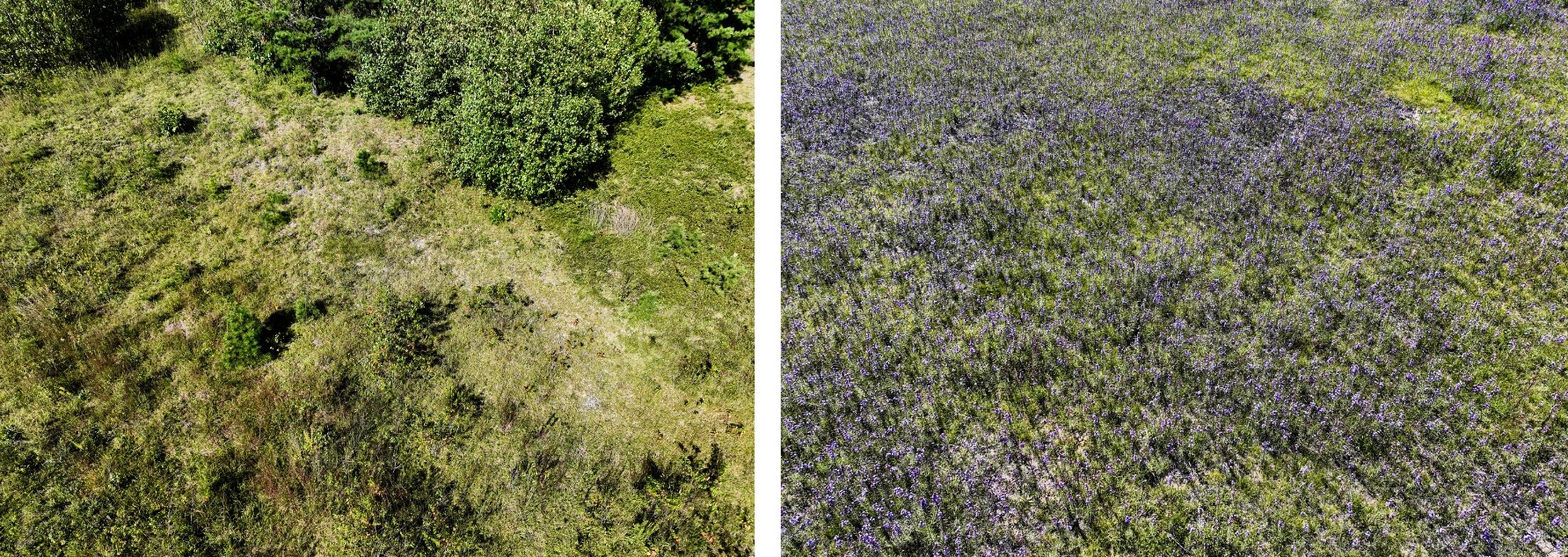
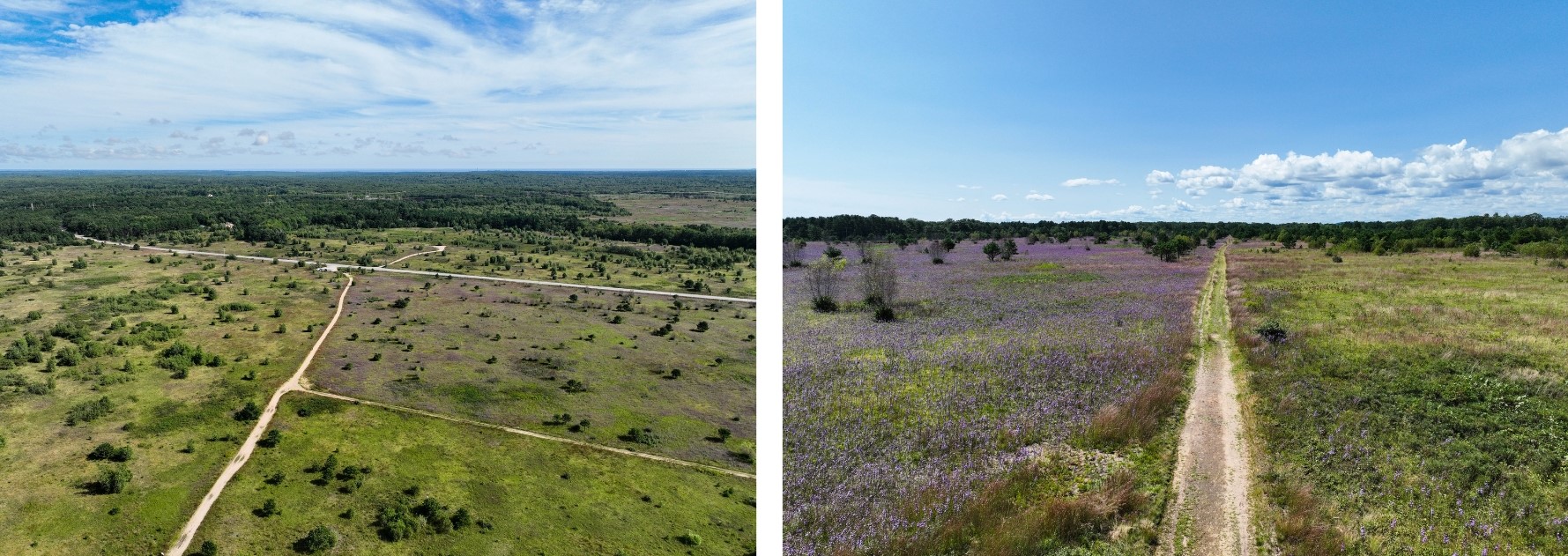
Take a look at the photos below to see how the landscape changes over time, and just how quickly the grasslands would be replaced by forest without periodic fire.
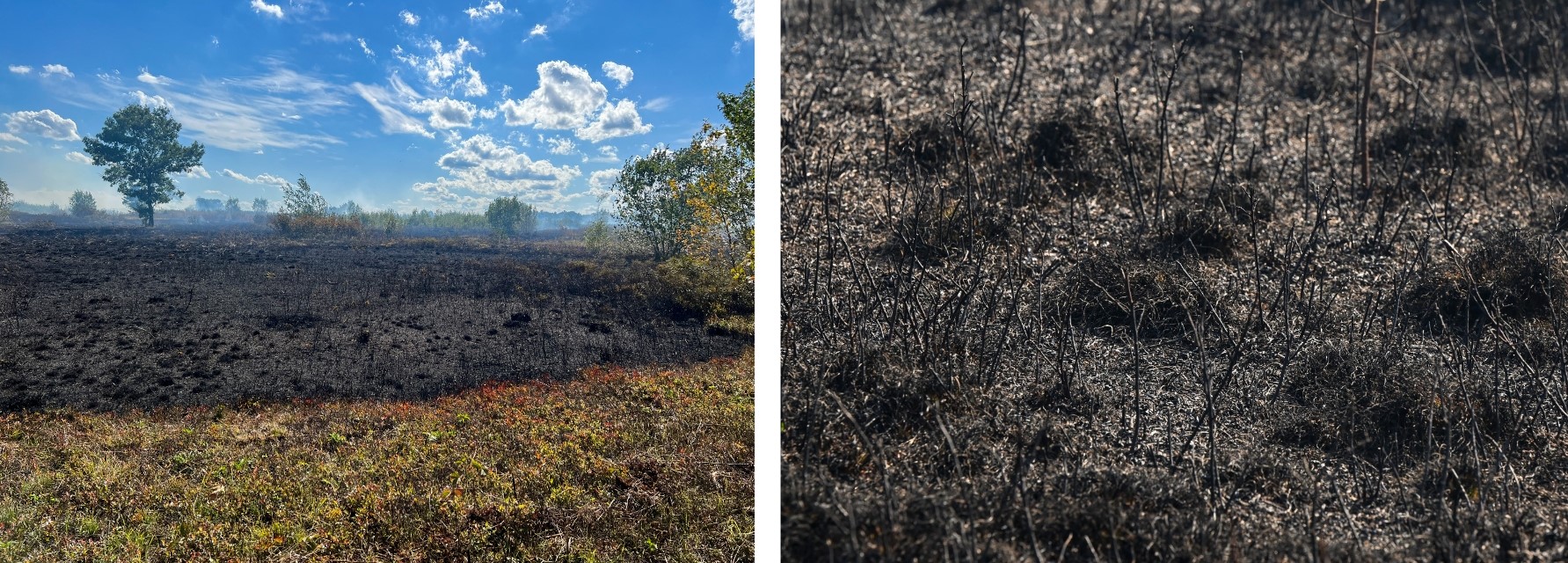
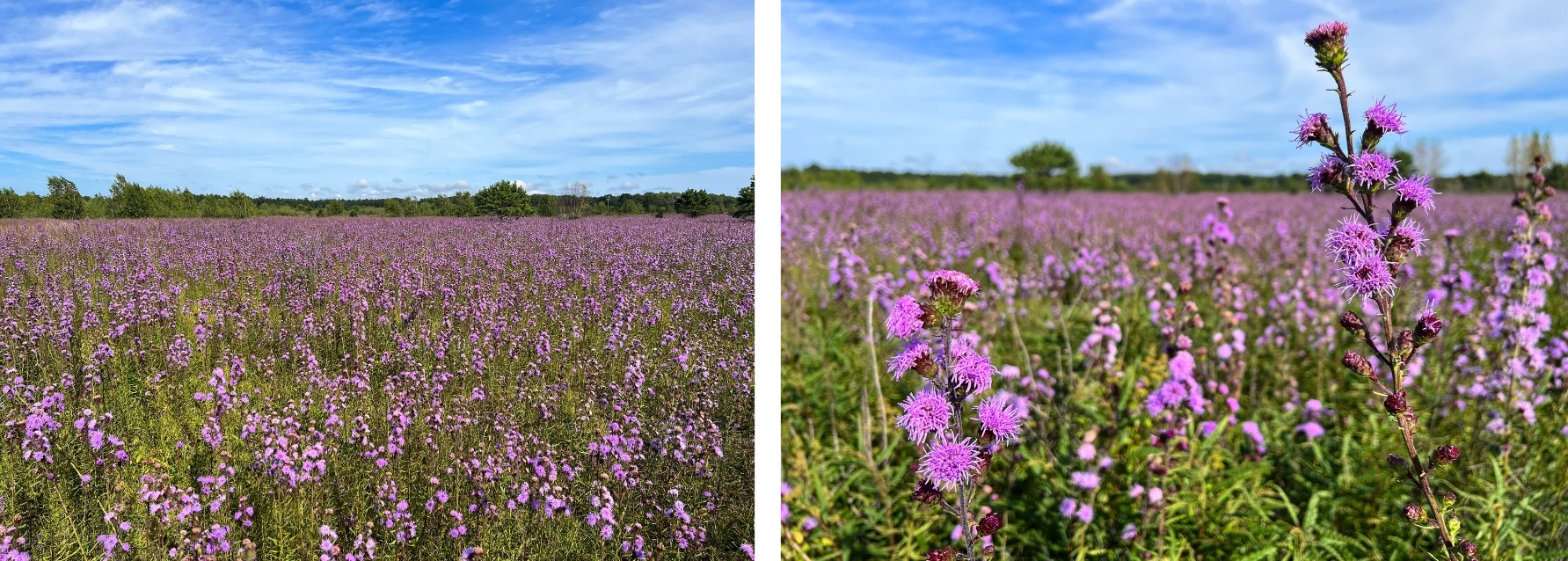
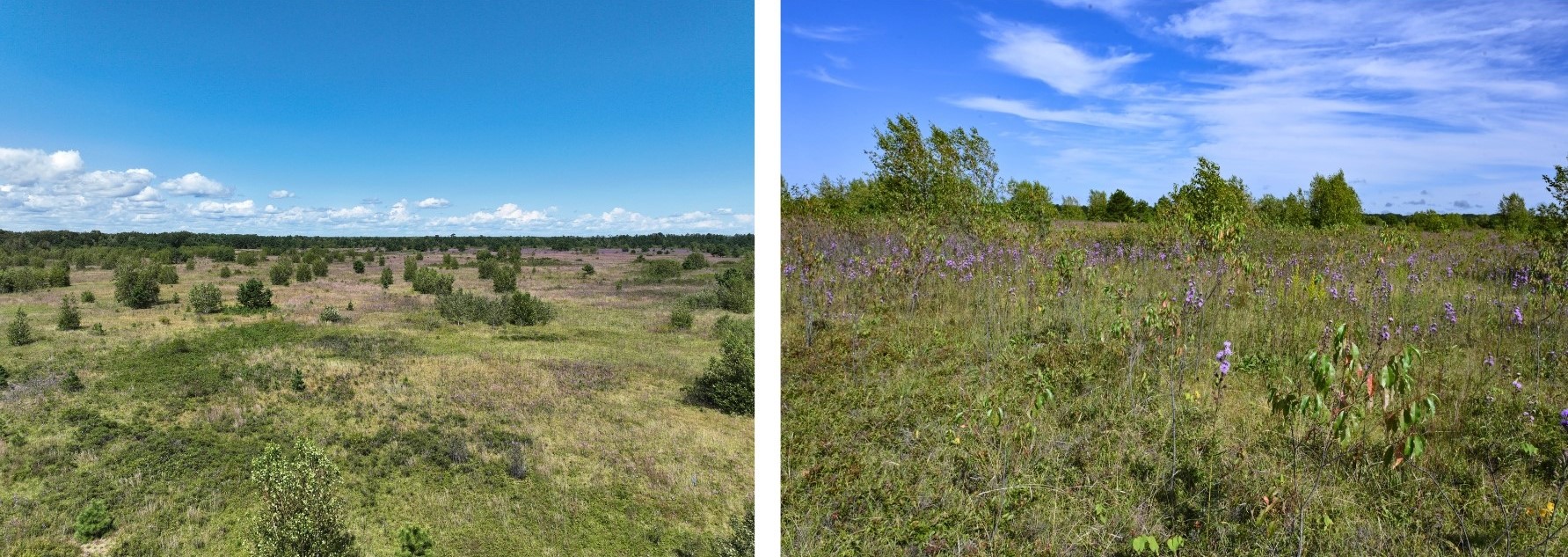
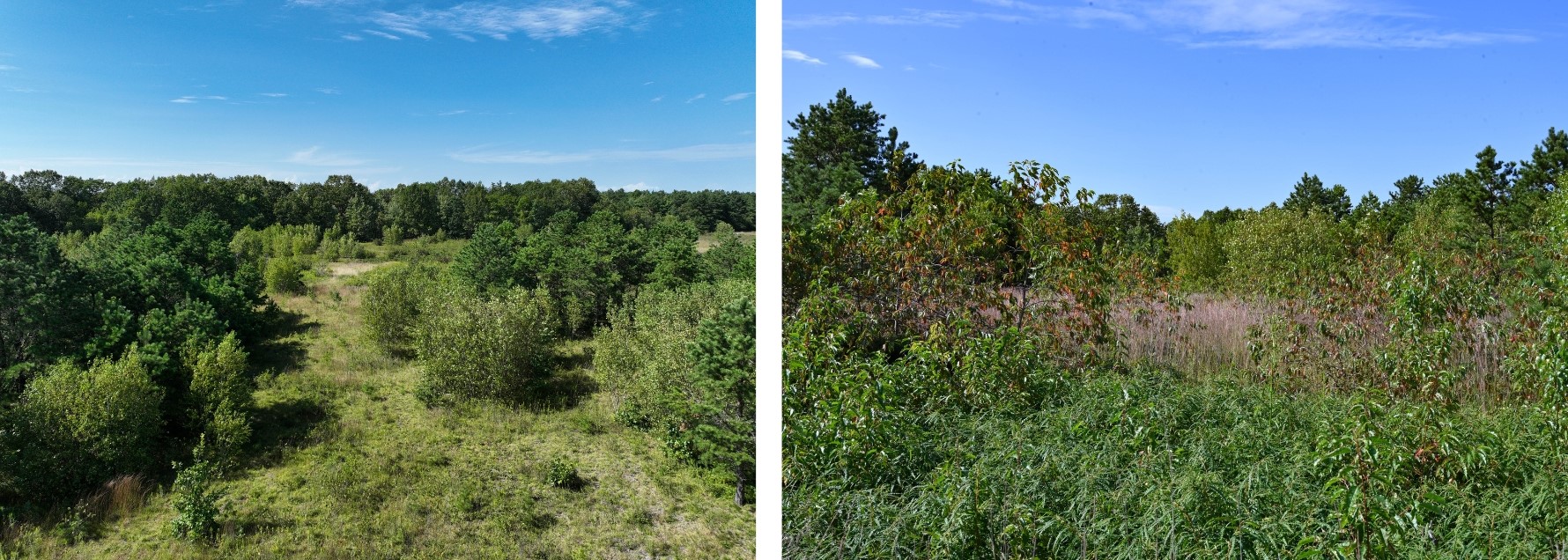
If you are interested in learning more about fire-adapted wildlife, prescribed burns, or the how fire shapes habitat, you’re in luck! We’ve partnered with North Atlantic Fire Science Exchange to integrate the North Atlantic Fire Learning Trail on some of our WMAs, including Kennebunk Plains! Come explore and see benefits of fire first-hand.
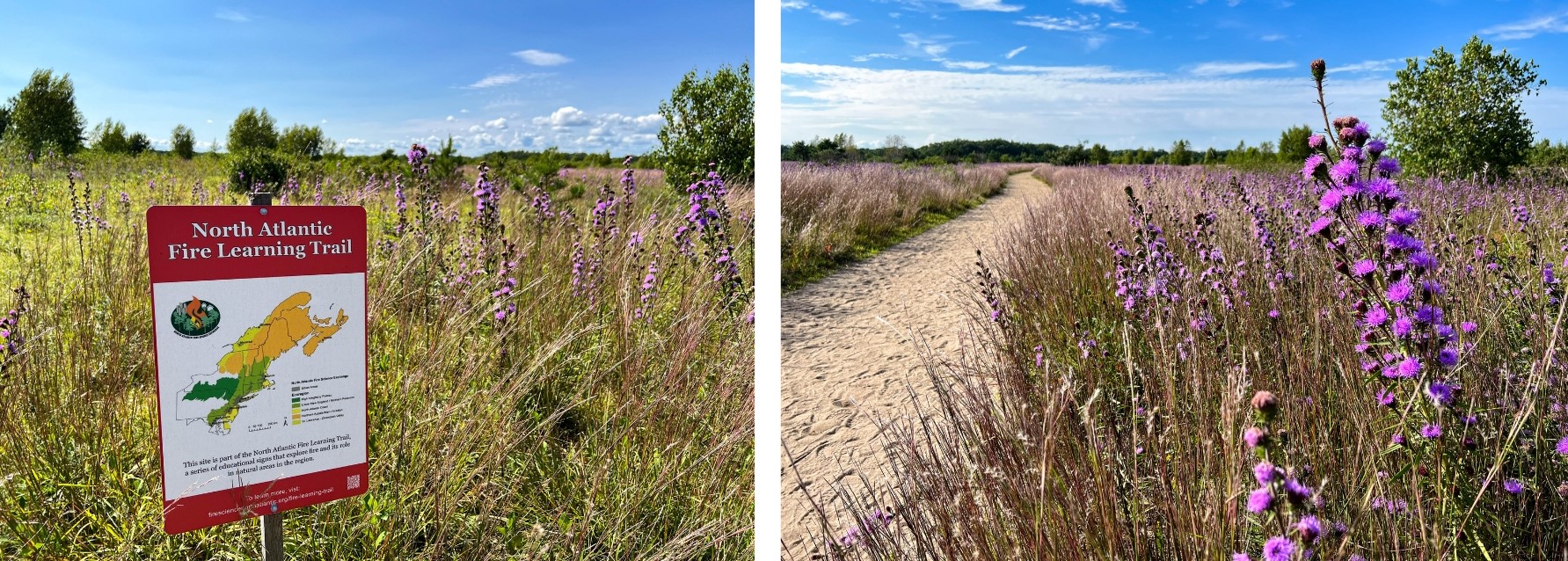
Learn more: